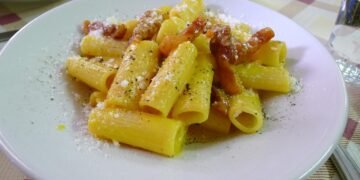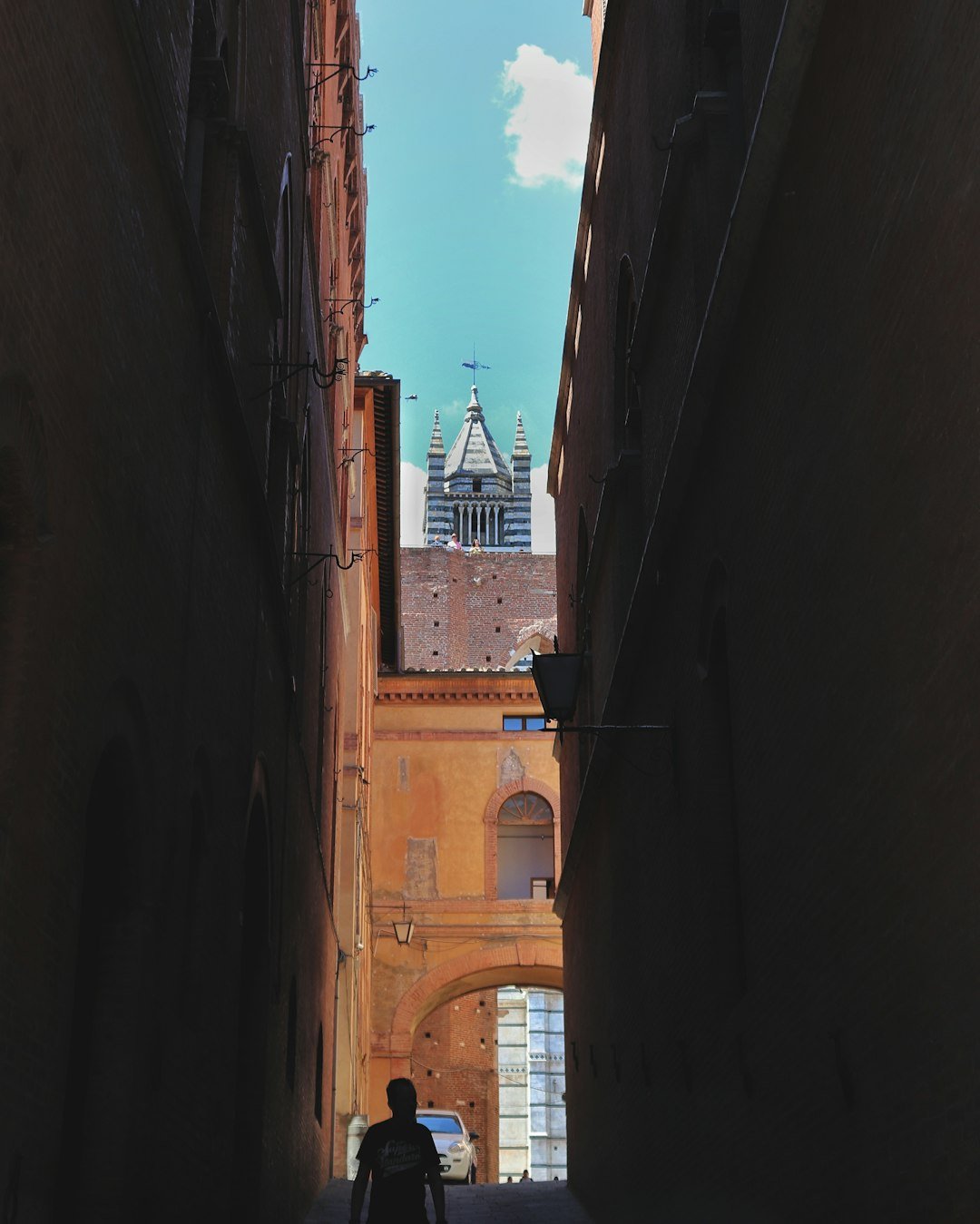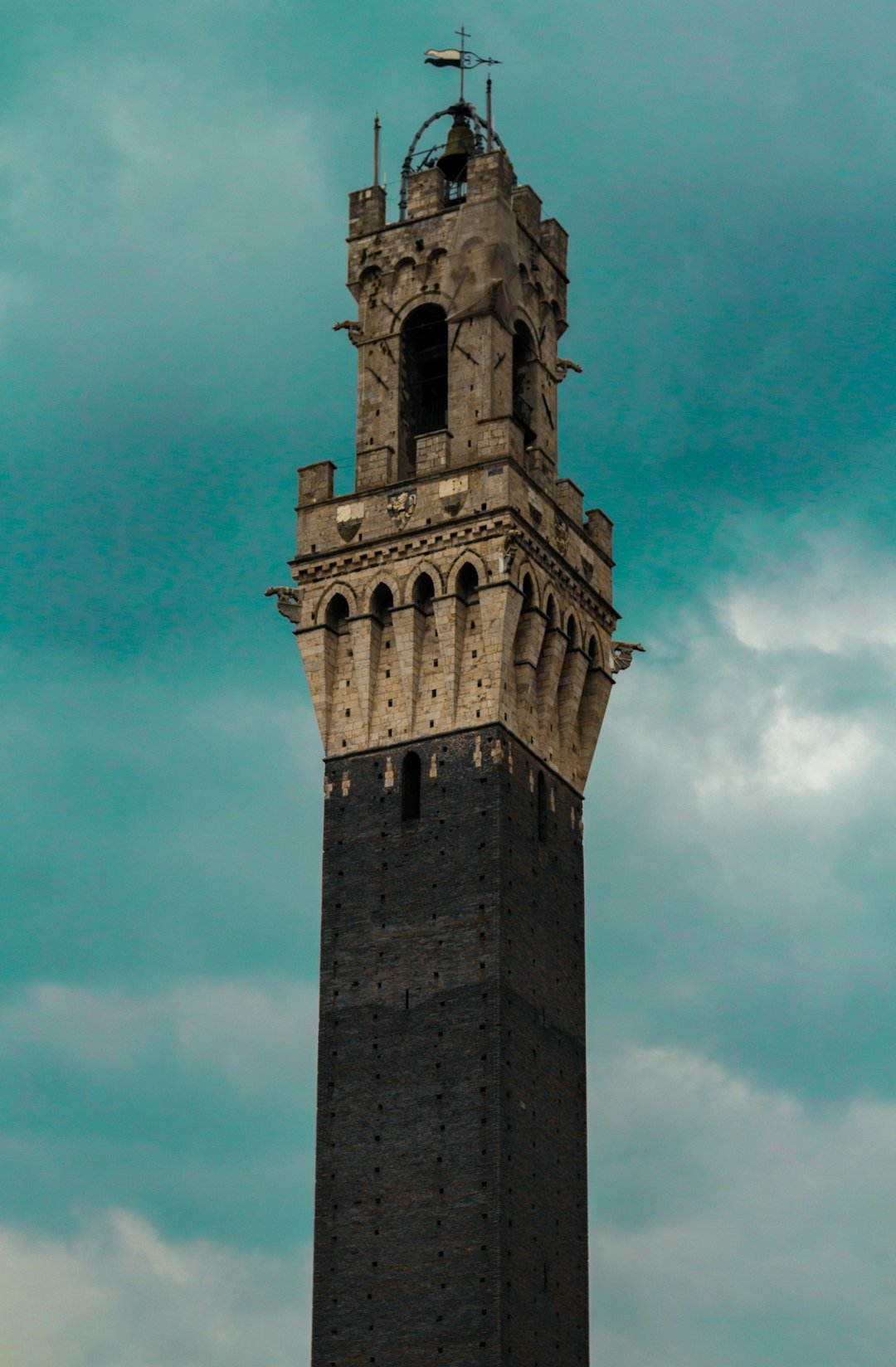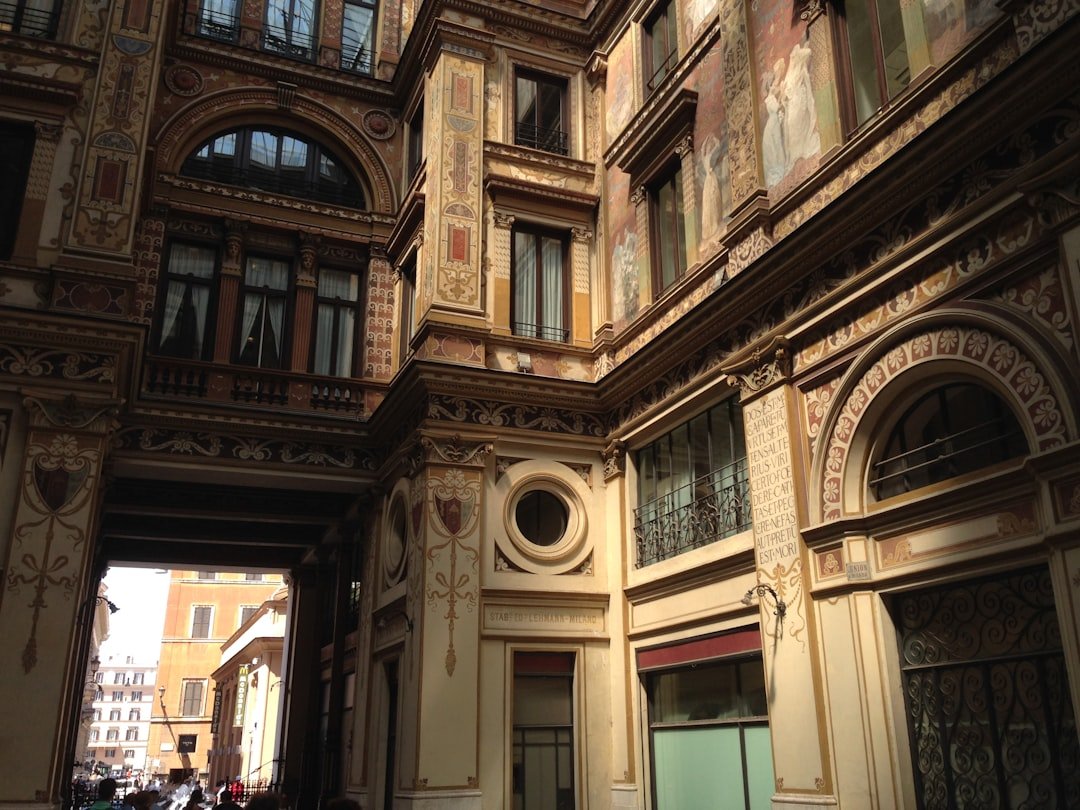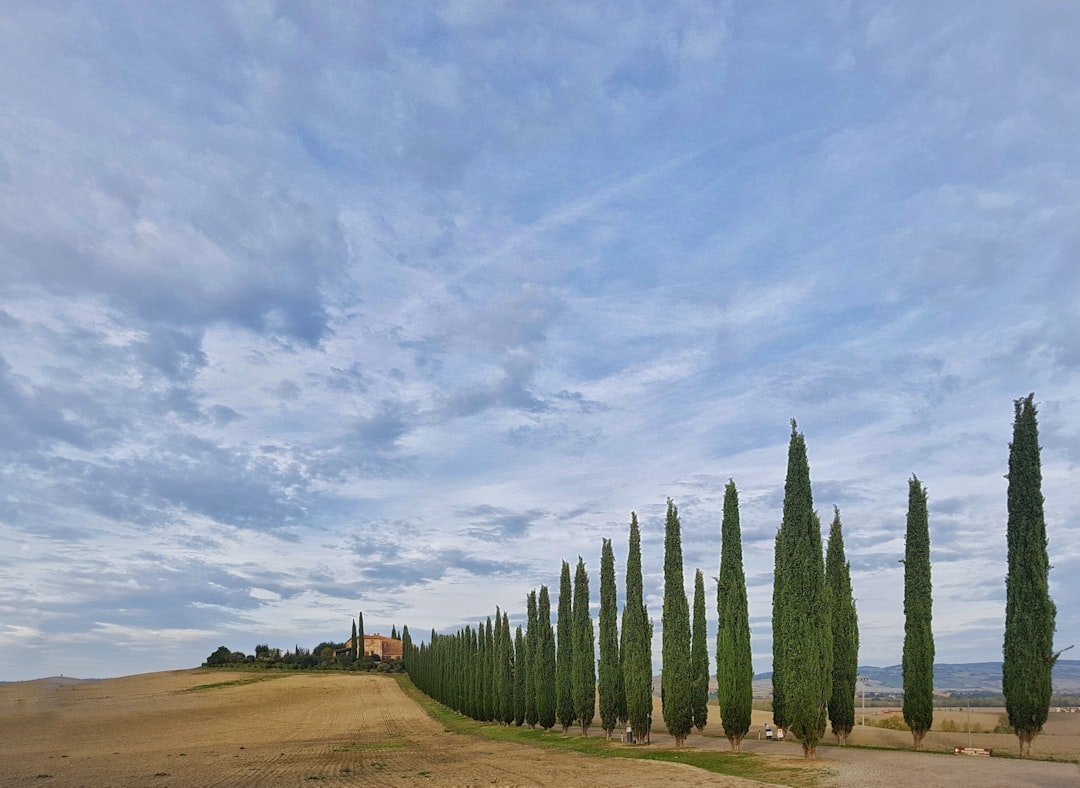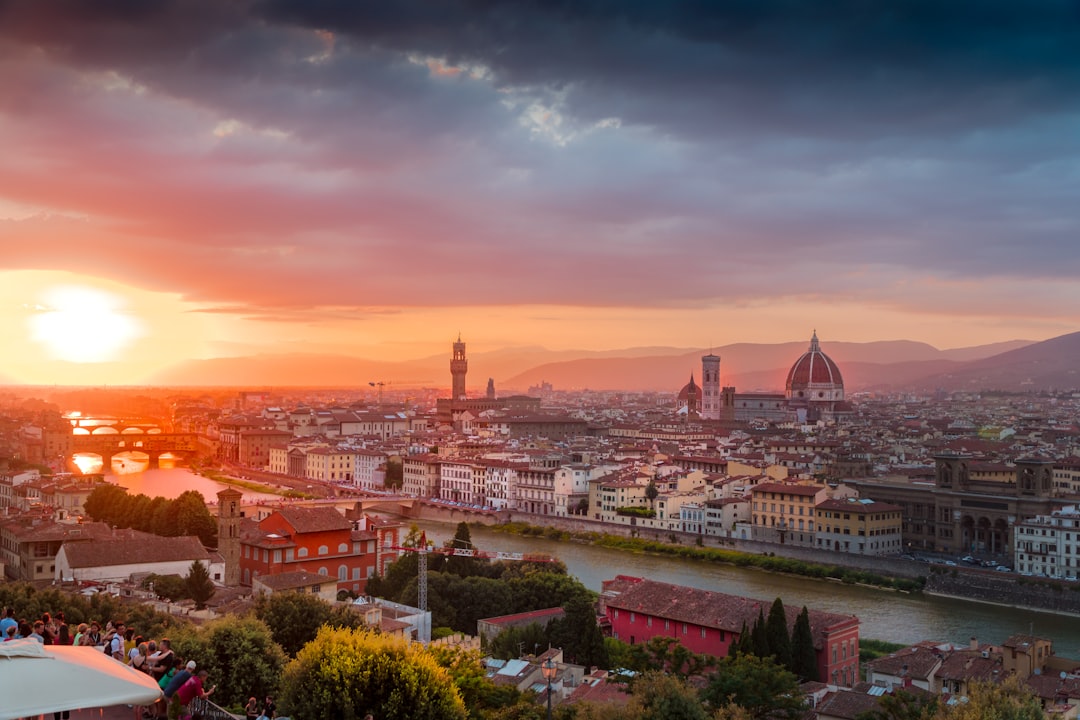Introduction to Italian Breads
When it comes to Italian cuisine, a variety of delightful dishes come to mind: pasta, risotto, gelato, espresso, and, of course, pizza. However, one of the most important aspects of Italian gastronomy, often overlooked, is its impressive array of breads. Each region in Italy possesses its specialized bread, each distinctive in their ingredients, shaping methods, and baking techniques. Here, we will explore the difference between one of these notable breads, namely Tuscan bread, and other Italian bread types.
Understanding Tuscan Bread
Tuscan bread, also referred to as Pan di Toscana, diverges from other Italian breads with its unique, defining characteristic – it is traditionally made without salt. Produced in the Tuscan region that sprawls from the western coast of Central Italy, this bread boasts a thick, crunchy crust with a dense but soft crumb. The absence of salt in its recipe originated from the historical salt tax that made the ingredient a luxury for Tuscans. Thus, Tuscan bread has been made without it since the 12th century.
Table: Tuscan bread at a glance
| Region | Crust | Crumb | Salt |
|---|---|---|---|
| Tuscany | Thick, crunchy | Dense, soft | No |
Other Regional Italian Breads
Stepping beyond Tuscany, there are numerous other Italian regional specialties, providing a delightful array of flavors, textures and ingredients. To differentiate Tuscan bread from other Italian varieties, let’s examine some of the more popular Italian bread styles.
Altamura Bread
Native to Puglia, in the Southern region of Italy, the Altamura bread has its own distinctive qualities. Contrasting the Tuscan variety, this bread is made using durum wheat and is celebrated for its soft and tender crumb. Its external layer is a thick and crispy golden crust that holds a beautiful aroma. Moreover, contrary to Tuscan bread, Altamura bread includes salt and sometimes a dash of olive oil into its mix.
Table: Altamura bread at a glance
| Region | Crust | Crumb | Salt |
|---|---|---|---|
| Puglia | Thick, crispy | Soft, tender | Yes |
Panettone
Another well-loved Italian bread, especially during Christmas season, is the Panettone. Differing significantly from Tuscan bread, it’s a type of sweet bread loaf originally from Milan. The Panettone is heavily studded with raisins and candied oranges, lemons, and citron, providing a flavor that is a departure from the simplicity of Tuscan bread.
Table: Panettone at a glance
| Region | Crust | Crumb | Salt |
|---|---|---|---|
| Milan | Light, soft | Spongy, sweet | Yes |
The role of Tuscan bread in Tuscan cuisine
The absence of salt in Tuscan bread is far from a downside in Tuscan gastronomy. Rather, it serves a specific purpose that is intertwined in the region’s cuisine. The flat and neutral taste of Tuscan bread sets it as the perfect accompaniment to the bold, robust flavors of other Tuscan dishes. Pairing well with savory meats, rich stews, and mature cheeses, its starkness acts as a counterbalance, enhancing the flavors of the food it is paired with.
Conclusion
An essential staple in Italian diets, bread showcases the gastronomic diversity across the regions. While the Tuscan bread lacks salt, it is far from lacking in contribution to Tuscan cuisine, and its role as a subtle backdrop only reinforces the striking flavors of the dishes it is often combined with. Other regional breads, such as the Altamura and the Panettone, possess characteristics unique to their regions, furthering the richness and variety of the vast Italian culinary landscape. These differences highlight not only the diversity in Italian breads, but also the nature of Italian cooking as a reflection of both geographical region and historical context.
The History and Making Process of Tuscan Bread (Pane Toscano)
Historical Roots of Flavor
The story of why Tuscan bread lacks salt dates back to the historical Middle Ages when a steep salt tax led bakers in the region to produce bread without this ingredient. While it’s hard to know the exact truth of this story, it has deeply rooted in Tuscany’s culture and made Pane Toscano easily identifiable.
Traditional Bread Making Process
The fundamental factor that significantly impacts the taste and texture of this bread is the way it’s made. The traditional way of making Pane Toscano begins with a long fermentation process. During the process, the dough is allowed to rise for about 18 hours, which activates the yeast and causes the bread to develop its distinctive taste.
| Ingredients of Tuscan Bread |
|---|
| Flour |
| Water |
| Yeast |
| Olive Oil (optional) |
Characteristics of Pane Toscano
Distinguishing Taste and Texture
Compared to other Italian bread varieties, Pane Toscano is quite different, primarily because of its lack of salt. The bread has a unique taste, described as bland but pleasantly flavorful as it brings out the flavors of the foods it’s paired with. The texture of Tuscan bread, on the other hand, is quite interesting – it has a crunchy crust and a rather soft, moist interior.
Variations of Tuscan Bread
Despite its uniqueness, Tuscan bread does have a few variations. The two common types are “bozza”, a round and bulgy loaf, and “filone”, which is elongated and has a free-form shape. But regardless of the shape, the taste and texture remain consistent.
Uses of Tuscan Bread
Significance in Local Cuisine
Tuscans are genuinely creative in using their bread. Besides its regular use in breakfast and meals, Tuscan bread is also widely used in local dishes like Ribollita – a popular Tuscan soup, Panzanella – a traditional bread salad and Fettunta – a kind of bruschetta.
A Staple, Comfort Food
Pane Toscano is also considered as a staple comfort food in Tuscany’s culinary tradition. Its ability to absorb the flavors of other foods and its lasting freshness make it the go-to bread for many comfort dishes.
Recognition and Appreciation
Despite its humble beginnings and simple recipe, Tuscan bread has gained recognition and appreciation worldwide. Tourists often find the bread, at first, strange in taste. However, with each bite, they begin to appreciate its uniqueness and the way it highlights the flavors of the Tuscan cuisine.










